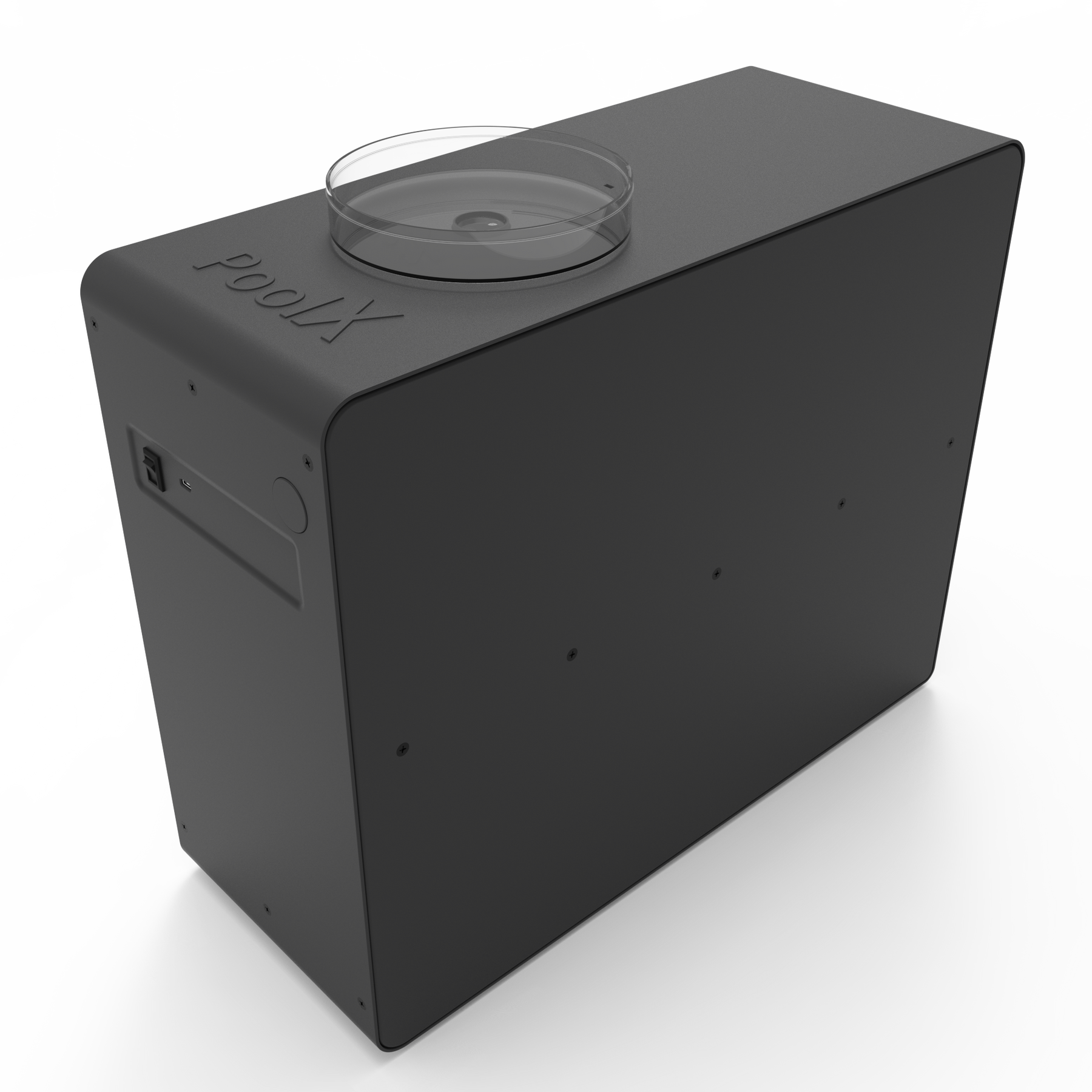Maintaining your pool’s water balance is crucial for any homeowner. One important aspect is knowing how to raise free chlorine in the pool. Chlorine keeps your pool water clean and safe for swimming by removing contaminants and preventing the growth of harmful bacteria and algae.
If you notice that the chlorine levels in your pool are low, it’s essential to take immediate steps to correct it. Failure to act promptly can lead to murky water, unpleasant odors, and an unsafe swimming environment. This article provides comprehensive information on how to manage and raise free chlorine levels in your pool effectively.

Understanding Free Chlorine
Before diving into the methods of raising free chlorine, its vital to understand what free chlorine is and why it’s essential. Free chlorine refers to the concentration of chlorine available in the water to sanitize and kill harmful microorganisms. It is different from combined chlorine, which has already reacted with contaminants and is less effective as a sanitizer.
Optimal levels of free chlorine ensure that your pool stays clean, clear, and safe for swimming.

Why Low Free Chlorine Levels Are a Problem
Low levels of free chlorine can lead to several issues, including:
- Algae growth
- Bacterial contamination
- Unpleasant water odors
- Irritated eyes and skin
Keeping your free chlorine levels within the recommended range (usually 1-3 ppm) is essential for maintaining a healthy pool environment.

Testing Free Chlorine Levels
Pool Test Kits
Using a pool test kit is one of the most accurate ways to test free chlorine levels. These kits usually come with test strips or liquid reagents that change color based on chlorine concentration. Follow the instructions on the kit to get an accurate reading of your pools chlorine levels.
Digital Pool Testers
Digital pool testers offer an easy and accurate way to test chlorine levels. These devices measure the water’s chlorine levels and give a digital reading, making it easier to determine if adjustments are needed.
Methods to Raise Free Chlorine Levels
Shocking the Pool
Shocking is one of the most effective methods to rapidly raise free chlorine levels. Pool shock contains a high concentration of chlorine that quickly eliminates contaminants and restores proper chlorine levels.
Using Chlorine Tablets
Chlorine tablets are a convenient way to maintain chlorine levels in your pool continuously. Place them in your pool’s skimmer or a floating dispenser to gradually release chlorine into the water.
Adding Liquid Chlorine
Adding liquid chlorine is another common method to increase free chlorine levels. It’s ideal for quickly raising chlorine levels, especially after heavy pool usage or rainstorms.
Maintaining Balanced Pool Chemistry
Raising free chlorine levels is just one part of maintaining balanced pool chemistry. Regularly test and adjust other parameters such as pH, alkalinity, and stabilizer levels to ensure optimal pool conditions.
pH Levels
Keep the pH levels between 7.2 and 7.8 to ensure chlorine is effective. High pH levels can reduce chlorine’s effectiveness, while low pH levels can cause skin and eye irritation.
Alkalinity
Maintain total alkalinity between 80-120 ppm. Proper alkalinity levels prevent drastic pH fluctuations and help chlorine work effectively.
Cyanuric Acid (Stabilizer)
Cyanuric acid helps protect chlorine from being degraded by sunlight. Maintain stabilizer levels between 30-50 ppm for outdoor pools.
Preventing Chlorine Loss
Covering Your Pool
Cover your pool when not in use to prevent chlorine loss due to sunlight and evaporation. A pool cover can also reduce debris contamination, making chlorine more effective.
Regular Skimming and Vacuuming
Regularly skim and vacuum your pool to remove debris that can consume free chlorine and reduce its effectiveness.
Maintaining Filtration System
Ensure your filtration system is running correctly and clean it regularly. A well-maintained filter helps keep your water clean and reduces the chlorine demand.
Conclusion
Maintaining appropriate free chlorine levels is essential for pool owners to ensure a safe and enjoyable swimming environment. Regular testing, balanced pool chemistry, and proper maintenance are key elements in achieving optimal chlorine levels.
For more tips on maintaining a healthy and enjoyable home environment, you can check this guide.
FAQs
What Causes Low Free Chlorine Levels?
Several factors can cause low free chlorine levels, including heavy pool usage, rain, and organic contaminants like leaves and debris. Regular testing and maintenance can help prevent low chlorine levels.
How Often Should I Test Free Chlorine Levels?
Test your free chlorine levels at least twice a week. During periods of heavy pool usage or after rainstorms, test more frequently to ensure appropriate chlorine levels.
Is It Safe to Swim in a Pool with Low Free Chlorine Levels?
No, swimming in a pool with low free chlorine levels can expose you to harmful bacteria and algae. Maintaining chlorine levels between 1-3 ppm ensures a safe swimming environment.
As an Amazon Associate, I earn from qualifying purchases.

